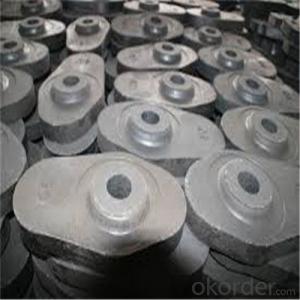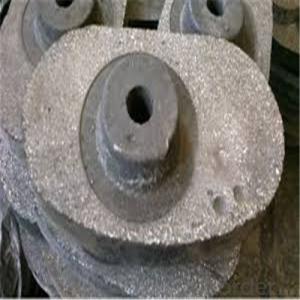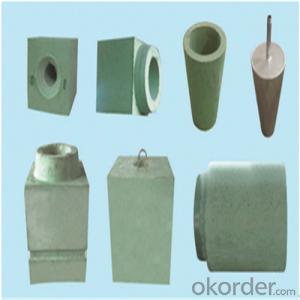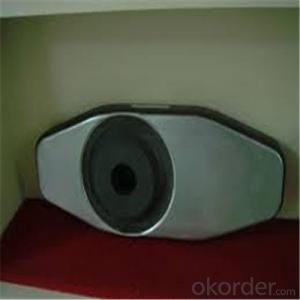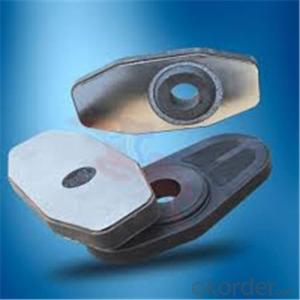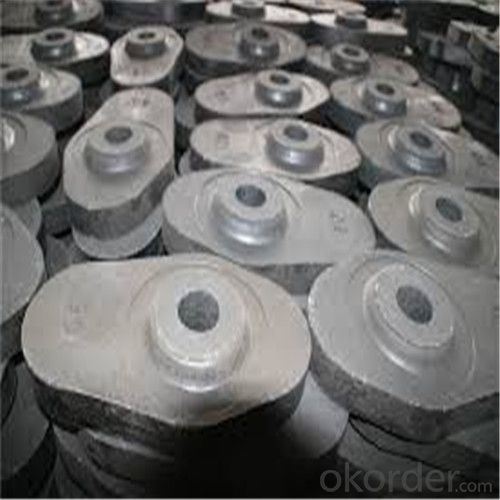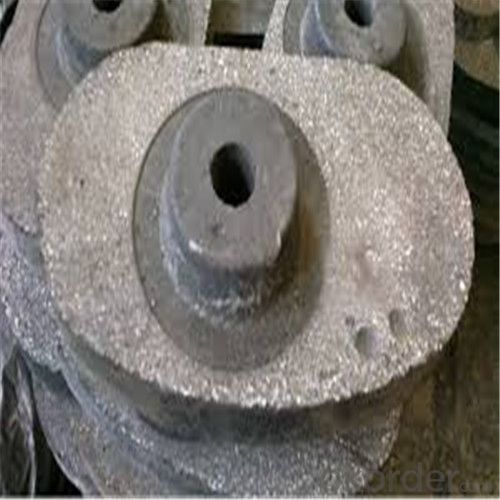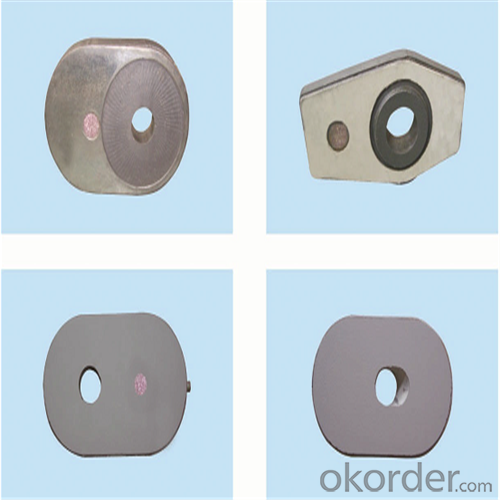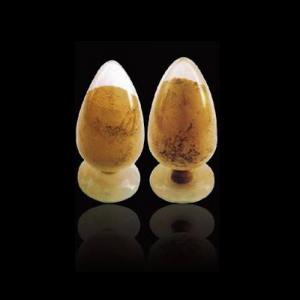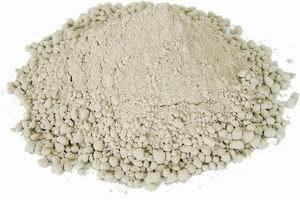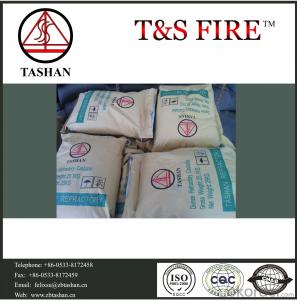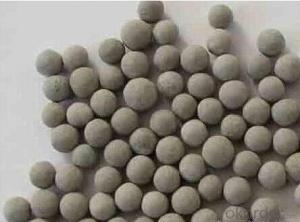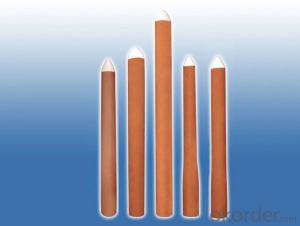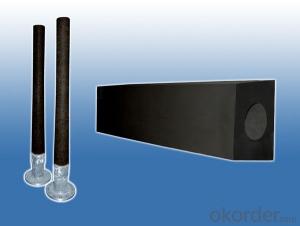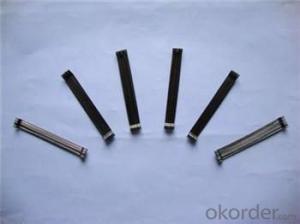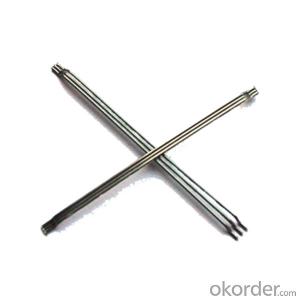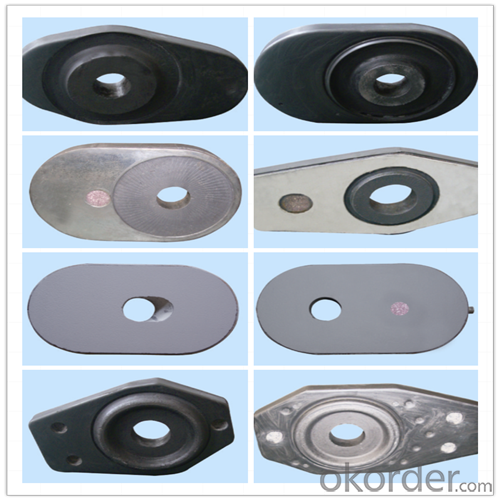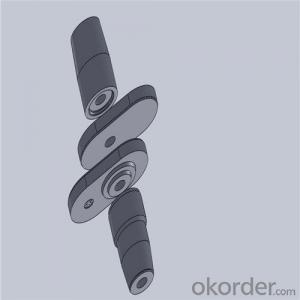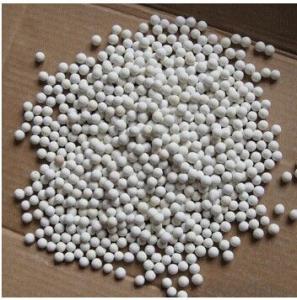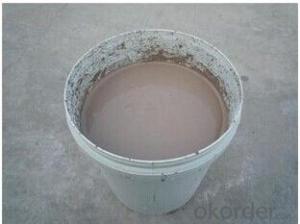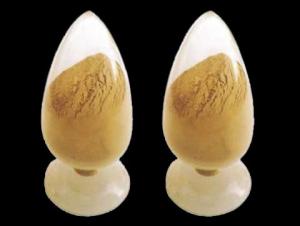Monolithic Refractories Ladle Sliding Gate for Iron and Steel Industry 2024
- Loading Port:
- Shanghai
- Payment Terms:
- TT OR LC
- Min Order Qty:
- 100 pc
- Supply Capability:
- 1000 pc/month
OKorder Service Pledge
OKorder Financial Service
You Might Also Like
Quick Details for High Performance Refractory Ladle Slide Gate
| Place of Origin: | China (Mainland) | Shape: | Plate | Material: | Alumina Block |
| SiO2 Content (%): | N/A | Al2O3 Content (%): | 80-90% | MgO Content (%): | N/A |
| CaO Content (%): | N/A | Refractoriness (Degree): | 1770°< Refractoriness< 2000° | CrO Content (%): | N/A |
| SiC Content (%): | N/A | Model Number: | CS80 | Brand Name: | |
| Product name: | High performance refractory ladle slide gate | Model No.: | cs80 | Brand name: | CMAX |
| Quality: | Al-C or Al-Zr-C | Service life: | 4-6 heats | Apparent porosity: | 7% Max |
| Bulk density:: | 3.1 MIN | C.C.S: | 120MPA | MOQ: | 100 pcs for trial |
| Delivery time: | 60 working days upon receipt of deposit |
Packaging & Delivery
| Packaging Details: | Inner carton packing, outer wooden case suitable for long term sea shipping |
| Delivery Detail: | three months working days upon receipt of deposit |
Specifications
Surface flatness less than 0.05mm
High mechanical strength
Erosion resistance
Oxidation resistance
Thermal shock stability
General Chemical Analysis for refractory ladle slide gate :
slide gate plate widely including Alumina carbon and Alumina Zirconia Carbon slide gate plate, MgO and MgO-spinel slide gate plate,nonoxides bonding slide gate plateand unburned slide gate plate.
Alumina -Zirconia-Carbon material
| Al-Zr-C Material | |||||
| Al2O3 | C | ZrO2 | Apparent porosity | Bulk density | C.C.S |
| (% minm) | (% minm) | (% minm) | (% max) | (gm./cc minm) | (MPa minm) |
| 85 | 3 | 5 | 7 | 3.1 | 120 |
| 85 | 3 | 4 | 7 | 3.1 | 120 |
Composite type: Al-Zr-C for working line, outer Al-C material
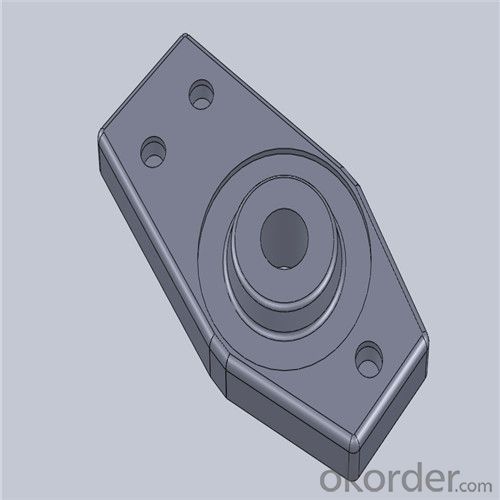
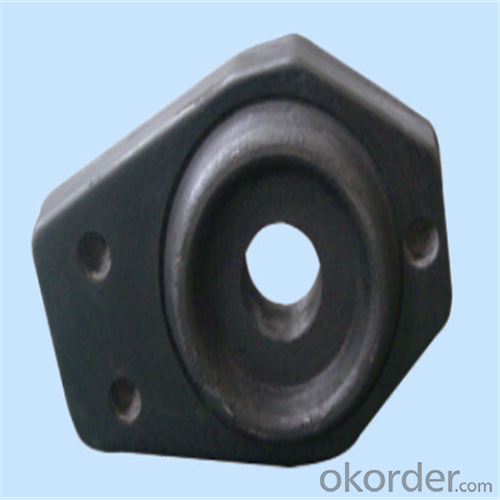
| Al-Zr-C & Al-C Material | ||||||
| Al2O3 | C | ZrO2 | Apparent porosity | Bulk density | C.C.S | |
| (% minm) | (% minm) | (% minm) | (% max) | (gm./cc minm) | (MPa minm) | |
| Inner side (Working face) | 85 | 3 | 4 | 7 | 3.1 | 120 |
| Outside | 90 | 3 | 0 | 9 | 3 | |
Using the raw materials of tabular alumina, zirconia-corundum, carbon and other high-grade additives, after sintering to obtain characteristics of oxidation resistance, scour strength, erosion resistance, thermal shock resistance, shape stable and long service life, made our products the preferred materials for the large and medium-sized steel ladle, refining ladle, series of alloy steel ladle, and tundish. Our high performance sintering sliding gates include alumina carbon , Al2O3-ZrO2-C, etc, can meet the needs of different steel grade.
Other Products
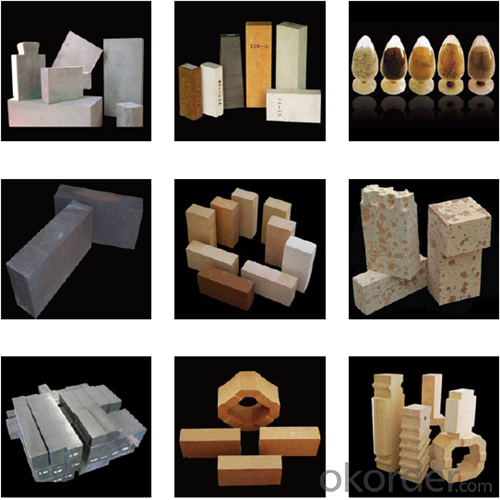
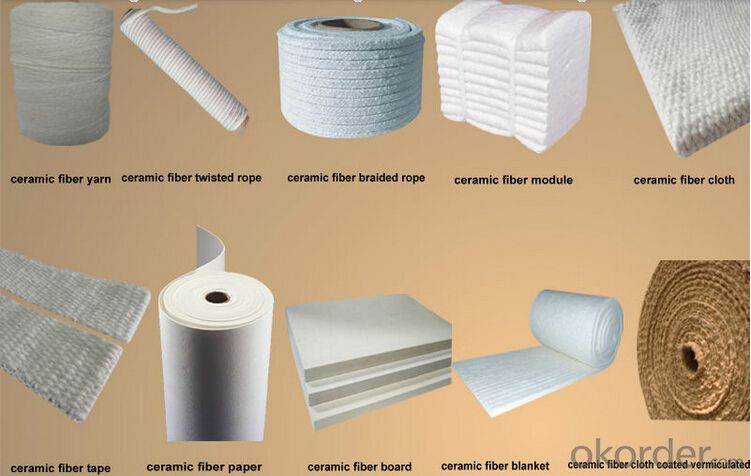
About us
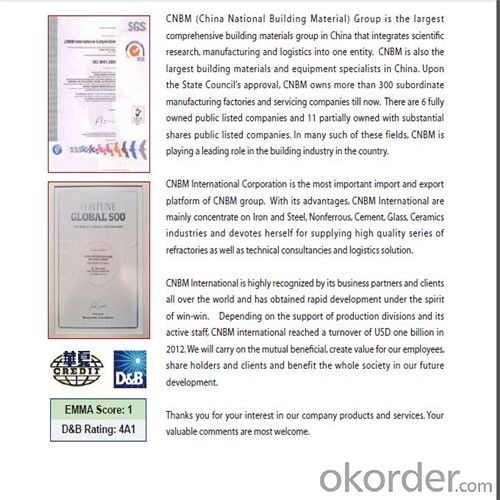
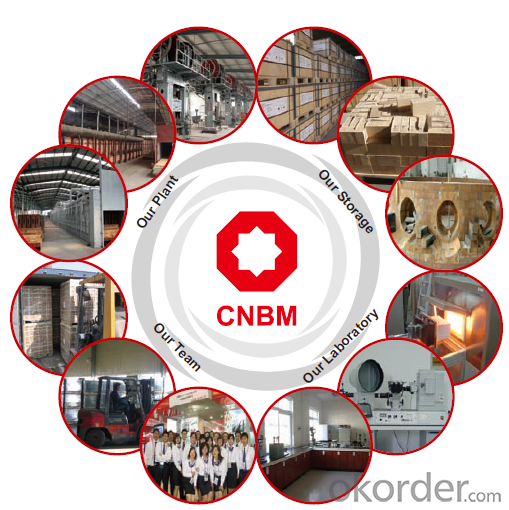
Sample is on your request.
Welcome to visit our factory~
- Q: How do monolithic refractories resist chemical attacks from molten metals and slag?
- Monolithic refractories resist chemical attacks from molten metals and slag due to their high chemical stability, which is achieved through the use of carefully selected raw materials and advanced manufacturing processes. These refractories are designed to have low porosity, which prevents the penetration of molten metals and slag into the material. Additionally, they possess high resistance to corrosion and erosion, even at high temperatures, allowing them to withstand the harsh chemical environments created by molten metals and slag.
- Q: What are the factors affecting the thermal conductivity of monolithic refractories?
- There are several factors that can affect the thermal conductivity of monolithic refractories. 1. Composition: The chemical composition of the refractory material plays a significant role in determining its thermal conductivity. Different types of refractories have different thermal conductivities based on the types and amounts of raw materials used. For example, refractories with a higher content of insulating materials, such as alumina or silica, tend to have lower thermal conductivities. 2. Porosity: The porosity of the refractory material also affects its thermal conductivity. Higher porosity means there are more air or gas-filled voids within the material, which can act as thermal insulators. Therefore, refractories with higher porosity tend to have lower thermal conductivities. 3. Density: The density of the refractory material is another important factor. Higher density materials usually have higher thermal conductivities, as the particles are packed more closely together, allowing for better heat transfer. 4. Grain size: The size of the grains in the refractory material can impact thermal conductivity. Smaller grain sizes result in higher contact points between particles, facilitating better heat transfer. Therefore, refractories with smaller grain sizes typically have higher thermal conductivities. 5. Temperature: The temperature at which the refractory material operates can also affect its thermal conductivity. Some materials may exhibit changes in thermal conductivity at different temperature ranges. For instance, certain refractories may have lower thermal conductivities at low temperatures but higher conductivities at high temperatures due to changes in their crystal structure. 6. Moisture content: The presence of moisture or water in the refractory material can significantly decrease its thermal conductivity. Water has a relatively low thermal conductivity, so even a small amount of moisture can act as an insulating barrier within the material. 7. Microstructure: The microstructure of the refractory material, including the arrangement and orientation of its grains, can affect thermal conductivity. A well-aligned microstructure with good interconnectivity between the grains can enhance heat transfer, resulting in higher thermal conductivity. Overall, the thermal conductivity of monolithic refractories is influenced by a combination of factors, including composition, porosity, density, grain size, temperature, moisture content, and microstructure. Understanding and controlling these factors is crucial for optimizing the thermal performance of monolithic refractories in various high-temperature applications.
- Q: How do monolithic refractories resist chemical attack from molten metals and slags?
- Monolithic refractories are designed to resist chemical attack from molten metals and slags through a combination of factors. Firstly, monolithic refractories are typically made from high-quality materials that have excellent chemical resistance properties. These materials, such as alumina, magnesia, or silica, have a stable chemical structure that can withstand the corrosive nature of molten metals and slags. Secondly, monolithic refractories are often formulated with additives or binders that enhance their resistance to chemical attack. These additives can improve the refractory's ability to form a protective layer on its surface, which acts as a barrier between the refractory material and the corrosive molten metal or slag. Additionally, monolithic refractories are often designed with a dense microstructure that limits the penetration of molten metals and slags. The dense structure minimizes the pathways through which corrosive agents can reach the refractory material, reducing the risk of chemical attack. Moreover, monolithic refractories can be installed with proper joint design and anchoring systems to prevent the infiltration of corrosive substances. This ensures that the refractory lining remains intact and effectively resists chemical attack. Overall, the combination of high-quality materials, additives, dense microstructure, and proper installation techniques contribute to the ability of monolithic refractories to resist chemical attack from molten metals and slags, thereby extending their lifespan and maintaining the integrity of the refractory lining in high-temperature applications.
- Q: What are monolithic refractories and how are they used in the iron and steel industry?
- Monolithic refractories are a type of refractory material that is composed of a single, homogeneous structure. They are used in the iron and steel industry for various applications such as lining furnaces, ladles, and other high-temperature equipment. These refractories are typically made from a combination of aggregates, binders, and additives, which are mixed with water to form a plastic consistency. Once applied, they are dried and fired to create a strong and durable lining that can withstand extreme temperatures and chemical reactions. Monolithic refractories offer advantages like easy installation, excellent thermal shock resistance, and superior performance, making them crucial components in the iron and steel manufacturing process.
- Q: What are the typical compositions of monolithic refractories?
- Typically, monolithic refractories consist of a combination of aggregates, binders, and additives. Aggregates, such as alumina, magnesia, or silicon carbide, provide the main refractory properties and are chosen based on the desired characteristics of the refractory, such as resistance to high temperatures, thermal shock, or chemical attack. To bind the aggregates together and give the refractory its shape and strength, binders are used. Common binders include clay, calcium aluminate cement, or colloidal silica. The binder also impacts the overall performance of the refractory, affecting properties like thermal conductivity and chemical resistance. Additives are often included in the composition of monolithic refractories to improve specific properties or facilitate the processing. These additives can be plasticizers, which enhance workability and make installation easier, or antioxidants, which enhance the refractory's resistance to oxidation. Ultimately, the specific composition of a monolithic refractory can vary depending on the intended application and desired performance characteristics. Different combinations of aggregates, binders, and additives can be customized to meet specific temperature ranges, chemical environments, or mechanical stresses.
- Q: How do monolithic refractories contribute to the overall efficiency of ladle cleaning operations?
- Monolithic refractories contribute to the overall efficiency of ladle cleaning operations by providing a durable and heat-resistant lining that can withstand high temperatures and chemical reactions. This lining helps to prevent the erosion and corrosion of the ladle, ensuring its longevity and reducing the need for frequent repairs or replacement. Additionally, monolithic refractories offer excellent thermal insulation, which helps to maintain the desired temperature of the ladle's contents and minimize heat loss. This ultimately improves the ladle's efficiency and reduces energy consumption during ladle cleaning operations.
- Q: What are the advantages of using monolithic refractories in electric arc furnaces?
- There are several advantages of using monolithic refractories in electric arc furnaces. Firstly, monolithic refractories offer superior thermal shock resistance, allowing them to withstand rapid temperature changes without cracking or failing. This is crucial in electric arc furnaces where the temperature can fluctuate significantly during the melting process. Additionally, monolithic refractories have excellent corrosion resistance, which is essential in electric arc furnaces that often come into contact with corrosive molten metals and slag. They can withstand the corrosive effects, ensuring longer service life and reduced maintenance costs. Moreover, monolithic refractories provide ease of installation and repair. Unlike traditional bricks, they can be easily shaped and applied in various furnace designs, minimizing installation time and labor costs. In case of any damage, they can also be easily patched or replaced, allowing for quicker repairs and reduced downtime. Lastly, monolithic refractories offer improved energy efficiency due to their lower thermal conductivity. This means that less heat is lost to the surroundings, resulting in higher operational efficiency and reduced energy consumption. Overall, the advantages of using monolithic refractories in electric arc furnaces include superior thermal shock and corrosion resistance, ease of installation and repair, and improved energy efficiency, making them a preferred choice for these high-temperature industrial applications.
- Q: What are the challenges in repairing and maintaining monolithic refractories?
- One of the challenges in repairing and maintaining monolithic refractories is the difficulty in identifying and accessing damaged areas. Monolithic refractories are typically used in complex and intricate structures, making it challenging to locate and reach areas that require repair or maintenance. Another challenge is the high temperatures involved, as monolithic refractories are often exposed to extreme heat. This requires specialized expertise and equipment to ensure safe and effective repairs. Additionally, the composition and application of monolithic refractories can vary, making it essential to understand the specific type being used in order to perform accurate repairs and maintenance. Overall, the challenges lie in the complexity of the structures, the extreme temperatures, and the need for specialized knowledge and tools.
- Q: How do monolithic refractories resist corrosion and erosion in the iron and steel industry?
- To combat corrosion and erosion in the iron and steel industry, monolithic refractories are designed with a combination of composition and application techniques. Firstly, the composition includes high-quality raw materials like alumina, magnesia, and silica, which possess exceptional resistance to corrosion and erosion. For example, alumina can withstand high temperatures and chemical attacks, making it an ideal choice for protecting against the corrosive nature of the industry. Additionally, the application techniques used in installing monolithic refractories are crucial for their resistance. These techniques, such as gunning, ramming, or casting, ensure a tight and seamless bond between the refractory and the steel structure, reducing the chances of corrosion and erosion. Furthermore, monolithic refractories can be tailored to meet the specific needs of different parts of the iron and steel industry. For areas exposed to molten metal, refractories with high thermal conductivity and resistance to chemical attack are utilized. This customization enhances the refractory's effectiveness in resisting corrosion and erosion. Moreover, monolithic refractories often incorporate additives or binders to further enhance their resistance. These additives provide extra protection against chemical attacks from molten metal or corrosive gases, making the refractory even more durable in harsh conditions. In summary, monolithic refractories effectively resist corrosion and erosion in the iron and steel industry due to their composition, application techniques, customization, and the inclusion of additives. By combining these factors, these refractories ensure the longevity and efficiency of steel structures in the challenging environments of the industry.
- Q: What are the key factors to consider when designing the lining system with monolithic refractories?
- When designing a lining system with monolithic refractories, there are several key factors that need to be considered. Firstly, the operating conditions of the system need to be thoroughly assessed. Factors such as temperature, pressure, and chemical composition of the materials being processed should be taken into account. This will help determine the appropriate type of monolithic refractories to be used. Secondly, the physical and mechanical properties of the refractories should be considered. These include factors like thermal conductivity, thermal expansion, and mechanical strength. The refractories should have properties that are compatible with the specific requirements of the system to ensure optimal performance and longevity. Thirdly, the installation method and techniques need to be carefully planned. The lining system should be designed in a way that allows for proper installation and ensures a tight seal to prevent any leakage or infiltration. The installation process should also take into account factors like curing time and temperature to ensure the refractories achieve their desired properties. Lastly, the cost and availability of the refractories should be considered. It is important to choose refractories that are cost-effective and readily available in the market. This will help ensure that any maintenance or repairs can be done efficiently without causing significant downtime or additional expenses. By considering these key factors, a well-designed lining system with monolithic refractories can be implemented, providing optimal performance, durability, and cost-effectiveness for the specific application.
Send your message to us
Monolithic Refractories Ladle Sliding Gate for Iron and Steel Industry 2024
- Loading Port:
- Shanghai
- Payment Terms:
- TT OR LC
- Min Order Qty:
- 100 pc
- Supply Capability:
- 1000 pc/month
OKorder Service Pledge
OKorder Financial Service
Similar products
Hot products
Hot Searches
Related keywords
